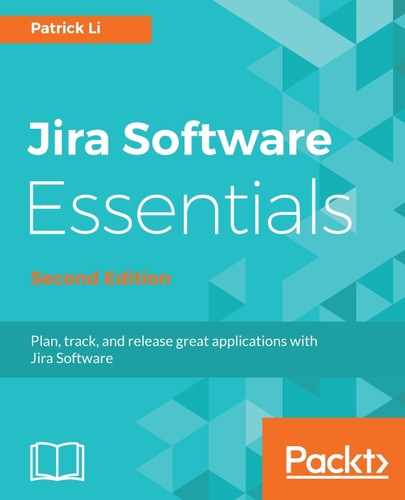Estimation is an art and is a big part of Scrum. Being able to estimate well as a team will directly impact how successful your sprints will be. When it comes to Scrum, estimation means velocity, or, in other words, how much work your team can deliver in a sprint. This is different from the traditional idea of measuring and estimating by man-hours.
The concept of measuring velocity is based around decoupling estimation from time tracking. So, instead of estimating the work based on how many hours it will take to complete a story, which will inadvertently make people work long hours trying to keep the estimates accurate, it can be easily done by using an arbitrary number for measurement, which will help us avoid this pitfall.
A common approach is to use what are known as story points. Story points are used to measure the complexity or level of effort required to complete a story, not how long it will take to complete it. For example, a complex story may have eight story points, while a simpler story will have only two. This does not mean that the complex story will take 8 hours to complete. It is simply a way to measure its complexity in relation to others.
After you have estimated all your issues with story points, you need to figure out how many story points your team can deliver in a sprint. Of course, you will not know this for your first sprint, so you will have to estimate this again. Let's say your team is able to deliver 10 story points worth of work in a one-week sprint. Then you can create sprints with any number of issues that add up to 10 story points. As your team starts working on the sprint, you will likely find that the estimate of 10 story points is too much or not enough, so you will need to adjust this for your second sprint. Remember that the goal here is not to get it right the first time, but to continuously improve your estimates to a point where the team can consistently deliver the same amount of story points' worth of work—that is, your team's velocity. Once you accurately start predicting your team's velocity, it will become easier to manage the workload for each sprint.
Now that you know how estimates work in Scrum, let's look at how Jira Software lets you estimate work.
Jira Software provides several ways for you to estimate issues, and the default approach is to use story points. Each story in your backlog has a field called Estimate, as shown in the following screenshot. To provide an estimate for the story, you just need to hover over the field, click on it, and enter the story point value:

Remember that the estimate value you provide here is arbitrary, as long as it can reflect the issues' complexity in relation to each other. Here are a few more points for estimation:
- Be consistent in how you estimate issues.
- Involve the team during estimation.
- If the estimates turn out to be incorrect, that is fine. The goal here is to improve and adjust.
